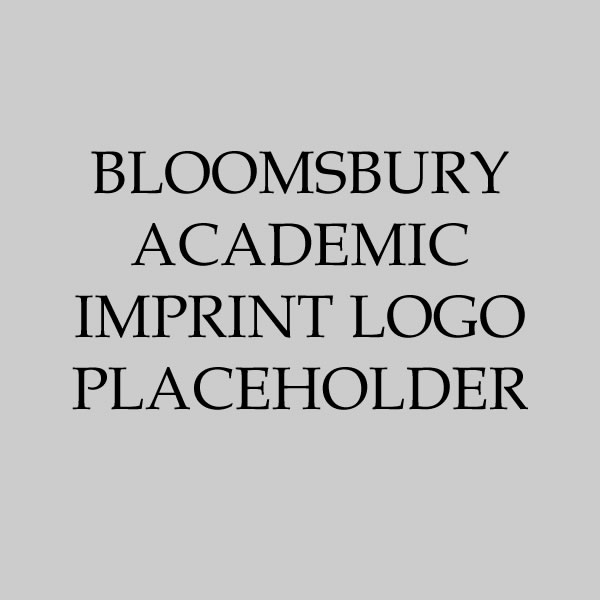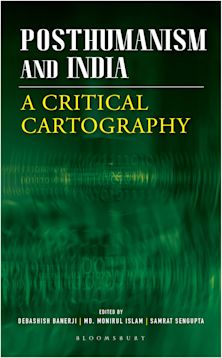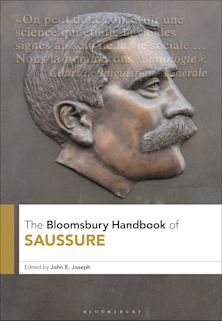A Multimodal Language Faculty
A Cognitive Framework for Human Communication
A Multimodal Language Faculty
A Cognitive Framework for Human Communication
Description
Natural human communication is multimodal. We pair speech with gestures, and combine writing with pictures from online messaging to comics to advertising. This richness of human communication remains unaddressed in linguistic and cognitive theories which maintain traditional amodal assumptions about language. What is needed is a new, multimodal paradigm.
This book posits a bold reorganization of the structures of language, and heralds a reconsideration of its guiding assumptions. Human expressive behaviors like speaking, signing, and drawing may seem distinct, but they decompose into similar cognitive building blocks which coalesce in emergent states from a singular multimodal communicative architecture. This cognitive model accounts for unimodal and multimodal expression across all of our modalities, providing a “grand unified theory” that incorporates insights from formal linguistics, cognitive semantics, metaphor theory, Peircean semiotics, sign language, gesture, visual language, psycholinguistics, and cognitive neuroscience. Such a perspective reconfigures how we understand linguistic structure, diversity, universals, innateness, relativity, and evolution. A Multimodal Language Faculty directly confronts centuries-old notions of language and offers a compelling reimagination of what language is and how it works.
Table of Contents
List of Tables
Part I: Foundations
1. Reimagining Language
Part II. Modalities
2. What is a Modality?
3. Interfacing Between Modalities
Part III: Meaning
4. Conceptual Structures for Multiple Modalities
5. Multimodal Semantic Interactions
Part IV: Grammar
6. The Complexity Hierarchy
7. Interactions Between Combinatorial Schemas
Part V: Multimodality
8. Unimodal Expressions in a Multimodal Model
9. Independent Multimodal Interactions
10. Substitutive Multimodal Interactions
Part VI: A Multimodal Language Faculty
11. Consequences of a Multimodal Language Faculty
12. Evolution of a Multimodal Language Faculty
13. Towards a Multimodal Linguistics
References
Index
Product details

| Published | May 16 2024 |
|---|---|
| Format | Ebook (Epub & Mobi) |
| Edition | 1st |
| Extent | 352 |
| ISBN | 9781350402430 |
| Imprint | Bloomsbury Academic |
| Illustrations | 83 bw illus |
| Publisher | Bloomsbury Publishing |
Reviews

ONLINE RESOURCES
Bloomsbury Collections
This book is available on Bloomsbury Collections where your library has access.


































